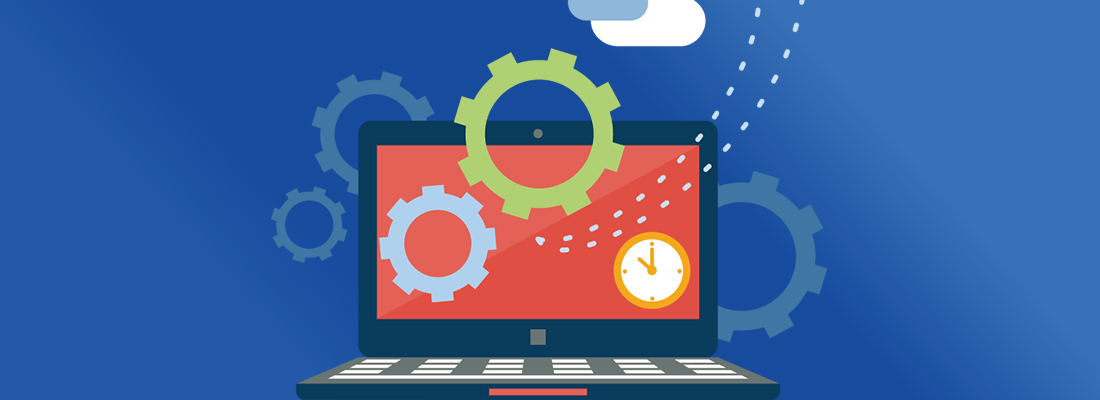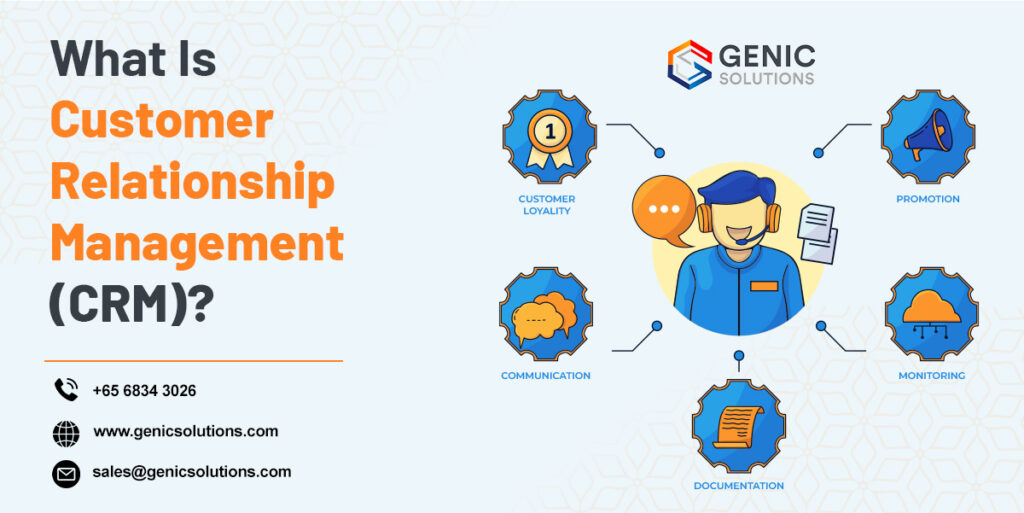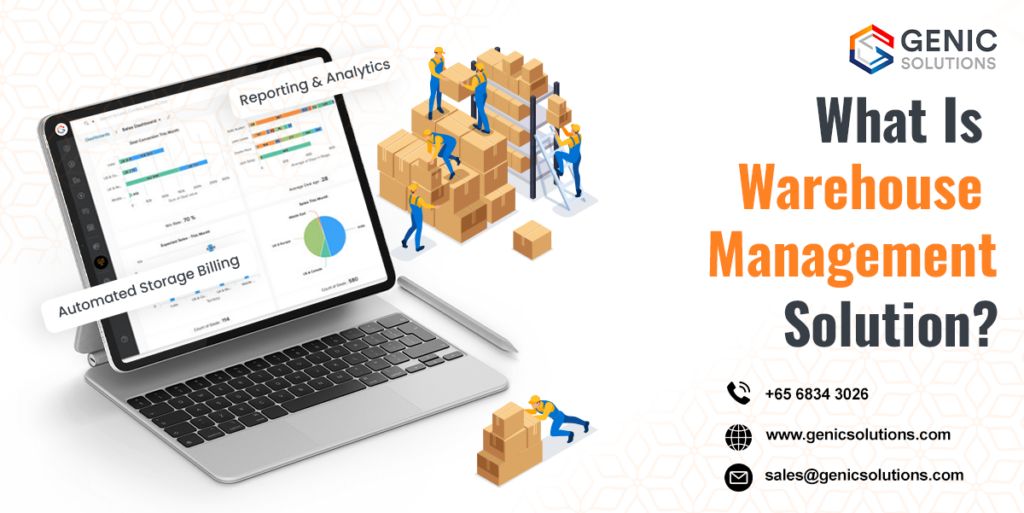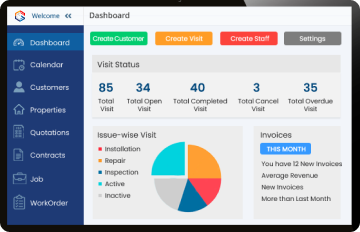Have you ever wondered how the apps on your phone or the software on your computer are created? Do you know what goes into making those tools we rely on every day?
No? Don’t be afraid, we’re here to help you!
Software development is a process that involves creating and maintaining applications, frameworks, or other software components. Moreover, it is a detailed and methodical activity that spans several stages, from initial conception to the final deployment.
At its core, creating software is all about fixing problems. Developers use programming languages and tools to create software that meets specific needs. Whether it’s a mobile app, a web service, or an enterprise system, the goal is to deliver functional and efficient solutions.
But you must have more questions in your mind, like:
- How does it work?
- Why is it so crucial?
- And, which tools are mostly used for software development?
In this guide, we will delve into the world of software development, exploring its definition, steps, and significance. We’ll also look at its key features and the most common tools used by developers. Whether you’re curious about the process or considering a career in the field, this guide will provide you with valuable insights.
Are you ready to explore? Let’s go!
Why is Software Development Important?

Software development is vital for several reasons.
First, it drives innovation. New software solutions enable businesses to operate more efficiently and provide better services. This leads to increased productivity and competitive advantage.
Second, software development helps in solving complex problems. By creating tailored software solutions, developers can address specific challenges faced by businesses and individuals. This improves processes and enhances outcomes.
Moreover, this supports digital transformation. As businesses move online, software applications become essential for operations, communication, and customer engagement. This transition requires robust software development to ensure seamless integration and functionality.
Furthermore, software development contributes to economic growth.
The software industry fosters employment opportunities and drives economic growth through revenue generation. Skilled developers are in high demand, and their work drives technological advancements that benefit various sectors.
Key Features of Software Development
Several key features define successful software development projects. Understanding these features can help ensure that your project is a success:
1. User-Centric Design
Successful software meets the needs of its users. User-centric design involves understanding the users’ needs and preferences and designing the software to meet those needs. This approach leads to more intuitive and effective software solutions.
2. Scalability
As companies get bigger, they need to update their software to keep up. Scalable software can handle increased loads and additional users without compromising performance. This, in turn, is crucial for businesses that expect to expand in the future.
3. Security
Security stands as a paramount concern for every software application. Therefore, developers must ensure that their software is secure and protects users’ data. This involves implementing security measures such as encryption, authentication, and regular security updates.
4. Performance
Software needs to perform well to be effective. This means it should be fast, responsive, and reliable. However, performance issues can frustrate users and consequently reduce the overall effectiveness of the software.
5. Maintainability
Good software is easy to maintain and update. This involves writing clean, well-documented code that other developers can understand and modify. Therefore, maintainability is essential for ensuring the long-term success of a software project.
Steps In The Software Development Process

Developing software involves a series of steps. Each step is crucial and builds on the previous one. Here’s a closer look at the key stages in the software development process:
Requirement Analysis
The first step is requirement analysis. During this phase, developers gather and analyze the needs of the users and stakeholders. This involves meetings, surveys, and research to understand what the software should achieve. Clear requirements help ensure that the final product meets the expectations.
Planning
Next is planning. In this phase, the team creates a roadmap for the development process. They outline the project’s scope, identify resources, and set timelines. Planning helps in managing time and resources efficiently.
Design
Furthermore, the design phase follows planning. Here, developers create the software architecture and design the user interface. This phase includes creating wireframes and prototypes to visualize the final product. Moreover, good design ensures that the software is user-friendly and functional.
Development
Subsequently, developers write code based on the design specifications. During this step, attention to detail and adherence to coding standards are crucial. The development phase effectively transforms the design into a working software application.
Testing
After development comes testing. This phase involves checking the software for bugs and errors. Consequently, testing ensures that the software functions correctly and meets the requirements. Testing comes in different types like unit testing, integration testing, and user acceptance testing. Good testing makes sure the product works well and can be trusted.
Deployment
Deployment means getting the software ready and available for people to use. Initially, this can involve installing the software on users’ devices or making it available online. Furthermore, deployment requires careful planning to minimize disruptions and ensure a smooth transition.
Maintenance
The final step is maintenance. After deployment, developers provide ongoing support to fix bugs, update features, and ensure the software continues to meet user needs. Maintenance is crucial for the long-term success of the software.
Common Tools for Software Development
Developers use various tools to streamline the development process and ensure high-quality outcomes. So, have you ever wondered what these tools are? Let’s explore some essentials.
Integrated Development Environments (IDEs)
First, let’s talk about IDEs. Integrated Development Environments provide a comprehensive setup for writing and testing code. They include features like syntax highlighting, code completion, and debugging tools.
Version Control Systems (VCS)
Next, we have VCS. These help developers track changes to their code and collaborate with others. They allow multiple developers to work on the same project without overwriting each other’s work.
Build Tools
Moving on, build tools automate the process of compiling code and creating executable programs. Additionally, they can manage dependencies and run tests.
Testing Frameworks
Testing is a crucial part of development, and testing frameworks help automate this process. Using these tools, software can be tested to ensure that it works as expected.
Project Management Tools
Effective project management is key to successful development. Project management tools help teams plan, track, and manage their projects. Also, These tools offer features like task tracking, collaboration, and reporting.
Continuous Integration/Continuous Deployment (CI/CD) Tools
CI/CD tools automate the process of integrating code changes and deploying software. They ensure that new code is tested and deployed quickly and reliably.
Containerization Tools
Lastly, let’s talk about containerization tools. Tools like Docker and Kubernetes help developers package their applications and dependencies into containers.
Cost of Software Development
Here’s a ballpark range for software development costs:
- Simple App: $10,000 – $50,000
- Average Complexity App: $45,000 – $180,000
- Enterprise-Level App: $150,000+
Let’s divide the cost by software development components:
| Component | % of Total Project Cost | Primary Tasks |
| Requirements engineering, UX design, and project planning | ~10% |
|
| UI design and Architecture | 5-10% |
|
| Software coding | ~40-60% |
|
| Quality assurance | ~15% | The team checks if the software meets the specified functional and non-functional requirement |
| Software deployment | Should be Included | the team makes software available for use |
| Software support and maintenance | ~15% |
|
Wrapping it Up
So, what do you think? Are you ready to dive into the world of software development? Whether you’re a business looking to innovate or an individual with a great idea, understanding the software development process is the first step toward success.
At Genic Solutions, we specialize in turning your vision into reality. Also, our team of experts follows a meticulous process to deliver high-quality software tailored to your needs.
Let us help you achieve your goals. Contact Genic Solutions today and let’s create something amazing together.







